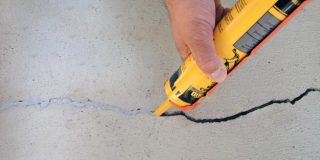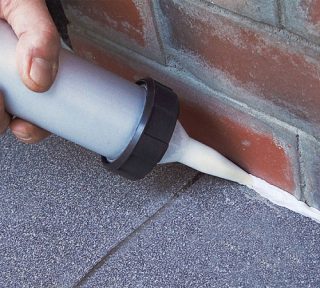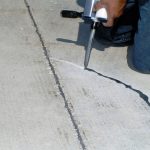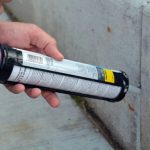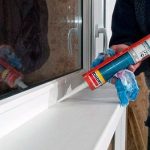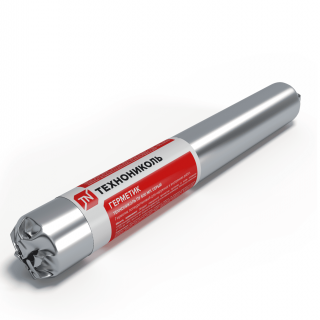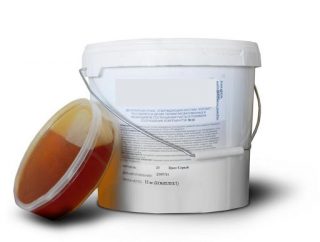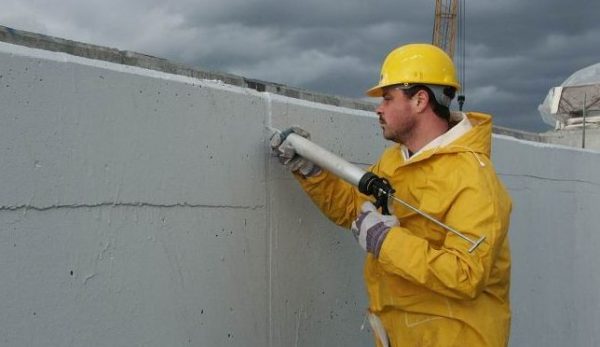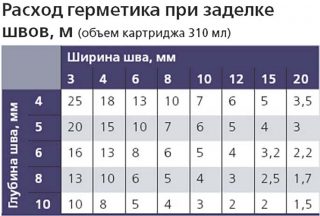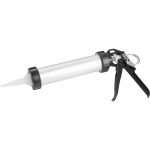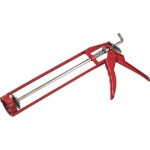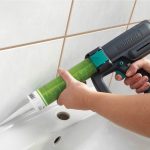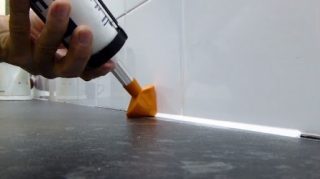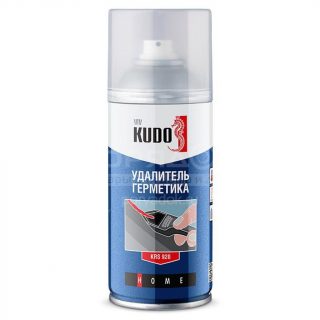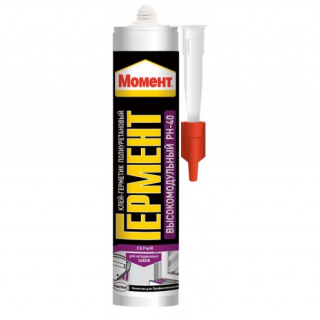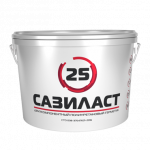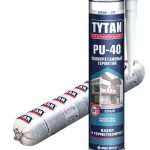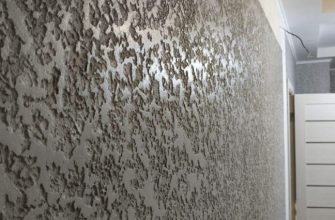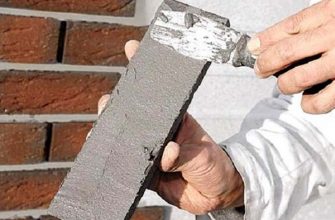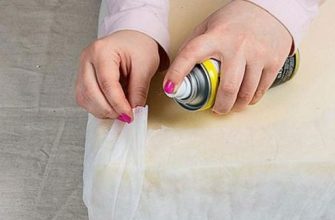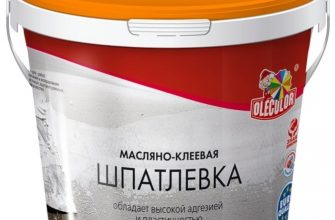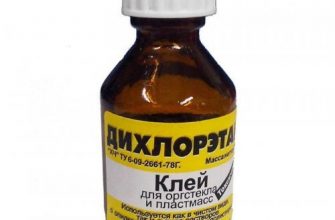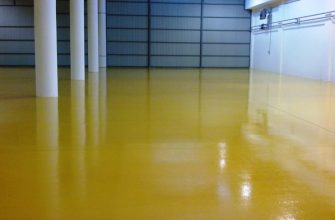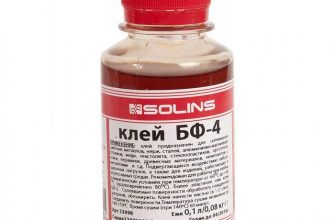For sealing joints, waterproofing, creating an insulating contour, a variety of materials are used: polyurethane foam and tow, jute and wood glue, insulation and polyethylene cord. There are options that combine these qualities. The best example is polyurethane sealant.
Features and properties of polyurethane sealant
A distinctive feature of the material - high elasticity for a long time... Under the influence of the load, the polyurethane stretches without breaks at least 2 times, and when the weight is removed, it takes on its original shape. No matter how big the load exerted by a strong wind, the mass of the structure, high water pressure, the seam sealed with polyurethane can withstand them. Even in a wooden house, where timber or logs are constantly changing in volume, the material retains its integrity and provides a seal.
The second important advantage is high adhesion. Polyurethane joint sealant can be used when working with concrete, wood, glass, metal, brick and even plastic.
Attracted by the repairability of polyurethane. The sealant does not crack, but over time it dries up somewhat. To renew the thermal protection, you do not need to remove the old layer: you can apply a new one over the old one. Polyurethane is characterized by self-adhesion: the new layer is firmly attached to the old one and fills the space.
Scope of application
- sealing of any joints and joints on the chip - parapets, chimneys, drain;
- sealing and insulation of interpanel seams of any kind - used in both civil and industrial construction;
- fastening and sealing windows and any other glass structures;
- sealing of seams between timber and logs in the construction of wooden buildings;
- production of double-glazed windows;
- sealing expansion joints, including on a concrete screed;
- sealing joints between concrete slabs in the construction of bridges and sites, like an airfield.
The scope of use of the sealant is limited only by its relatively low resistance to heat.
Varieties of compositions
Many types of composition are produced with different characteristics. They are distinguished by the degree of viscosity, elasticity and are divided into elastic, semi-rigid, rigid and polyurethane foam... The elasticity of the former is maximum, while the polyurethane foam mixture, after hardening, forms a dense rigid structure that can withstand high mechanical stress.
In everyday life, they most often deal with elastic one-component compounds and polyurethane foam.
One-component
The material is sold ready-made. The composition freezes very quickly, but gains final strength within 24 hours.
The sealant can be applied at temperatures from +5 to + 30 ° С. Special formulations can also be used at -10 ° C. However, the cure rate will be slower here.
For glass and fiberglass surfaces, a special version of the sealant is used - glass. It is also used for gluing metal parts.
Two-component
The sealant can be applied at temperatures below -10 ° С, it can withstand more severe frosts. The composition polymerizes regardless of the air humidity, since it includes the necessary components.
Due to their high adhesion, two-component mixtures are used for sealing joints between different materials: metal and glass, plastic and metal.
Roofing
To seal the joints on the roof, a one-component composition is sufficient. The outside air is always humid enough, and fast curing in roofing works is more important than high adhesion. Heat resistance is selected taking into account weather conditions. But since construction is usually carried out in the warm season, there are enough compositions that are resistant to temperatures of -10 ° C.
Any sealant can be painted over, so that these joints do not stand out against the background of the roof.
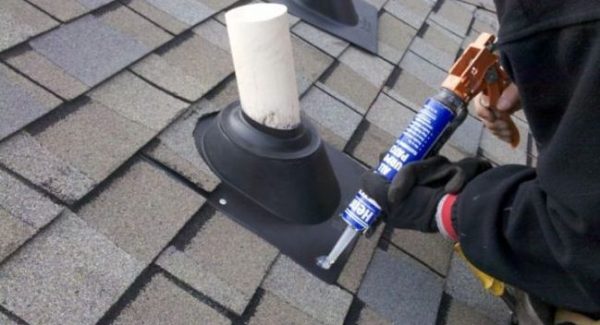
For concrete
Polyurethane concrete sealants are elastic, provide thermal insulation when filling the expansion joint, but do not turn into a rigid structure over time. Indoor composition can serve up to 40 yearswhich is more than enough for the floor.
Elastic compounds are used. Semi-rigid ones react too weakly to temperature changes, and for joints inside the room this is a disadvantage.
For wood
Polyurethane wood sealant is used for exterior work. It is used instead of the traditional caulk - jute and tow, as well as for sealing window and door seams. The elastic composition changes in volume following the load exerted by the tree and does not damage it.
Inside a wooden house, sealant is rarely used. It has a pungent smell, dries for a long time and during this time the tree absorbs an unpleasant odor.
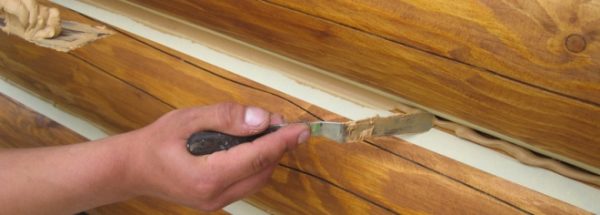
Criterias of choice
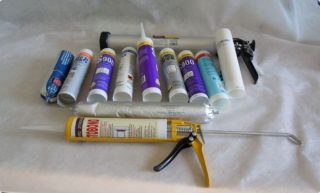
To choose the optimal composition, take into account the following factors.
- Structure - single component is much easier to use and more durable. A two-component is taken if you have to work at low temperatures.
- Application method - the cold method is used when seams and joints are closed. Create a heat loop. Hot is used if the material needs to be sealed and glued.
- The form - the mixture from the can is applied with a spatula. From a balloon, the composition is applied with a pistol. It is more convenient but more expensive.
If, for some reason, work is performed at temperatures below + 5 ° C, they acquire a special composition. The indicator is indicated on the label.
How to calculate the expense
The same can be done with tables in the directory... Here you can calculate the consumption of the sealant from the tube.
Calculations are carried out and manually: multiply the length, depth and thickness of the seam. To find out the volume of the sealant, divide the volume of the tube by the value obtained.
Instructions for use
One-component mixtures are produced in the form of foil tubes with a volume of 600 ml or metal cartridges with a volume of 310 ml. For applying sealant use devices:
- mechanical attachment is designed for small volume of work;
- air gun - used for repairs. It is easier to handle, since the sealant is not squeezed out of the tube, but is displaced;
- battery gun - used for a very large amount of work in multi-storey construction, for example.
Before work, the nozzle is installed on the cylinder and the seam is cut to the required length.
How to apply correctly
- The nose of the nozzle is brought to the beginning of the seam, the trigger is pulled and the joint is filled. The material is applied evenly, without interruption. When processing vertical joints, fill the seam from top to bottom.
- The seam is leveled with steel or wood joining. The seam should be L-shaped.
- Wide joints of interblock or interpanel type are first insulated with polyurethane foam or polyurethane foam, and then sealed with a polyurethane compound.
Polyurethane sealant, structural or flexible, must not be thinned with water or solvent.
How to wash off leftovers
Old frozen composition more difficult to remove. First, they try to cut the material as much as possible and clean it out of the slot with a screwdriver or knife. Then apply white spirit gasoline and wait several hours. During this time, the sealant should partially dissolve, turning into a gel-like substance. It is removed, and the remains are cleaned off with sandpaper. The procedure sometimes has to be repeated several times.
It is easier to remove residues with a special solvent for polyurethane sealant.
Manufacturers rating
- Henkel Is one of the most famous manufacturers. Produces compositions of high elasticity, resistant to mildly aggressive chemicals, oils, household chemicals. The products have a certificate of conformity.
- SOUDAL - a Belgian company that has been producing sealants for over 50 years. It offers sealants, polyurethane foams, primers. They produce special formulations that are resistant to vibration and chemicals.
- Manufacturing company Sazi - Russian manufacturer. Produces one- and two-component frost-resistant mixtures. They provide good vapor barrier.
- Selena Is a Polish company. Offers the famous "Titan" series - sealants for outdoor and indoor use.

